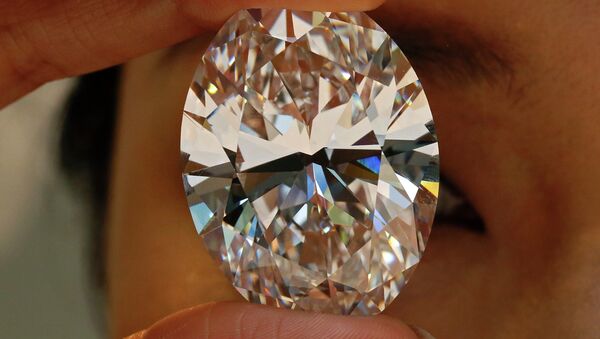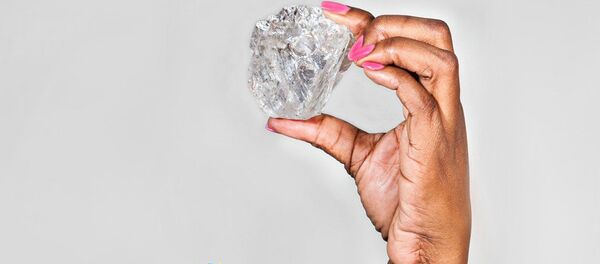The technique of creating the material was described in a paper published in the Journal of Applied Physics on Monday. A tiny laser beam is concentrated onto a piece of amorphous carbon for 200 nanoseconds, rapidly heating it to about 3,700 degrees Celsius. The spot then cools immediately, creating Q-carbon.
The process can produce minuscule synthetic diamond "seeds," which can yield gems.
"In 15 minutes, we can make a carat of diamonds," said Jay Narayan, the John C. Fan Distinguished Chair Professor of Materials Science and Engineering at NC State and the lead author of the study.
The yield may seem tiny when compared to that of traditional industrial techniques, but the fact that the process can be carried out at room temperature and at ambient atmosphere is groundbreaking.
We can now create arbitrary Q-diamond structures at SATP. They're just like diamonds, except HARDER + FERROMAGNETIC. https://t.co/w6GU1HUdkt
— JJ 「ᶜᶦᵗᶦᶻᵉᶯᶠᶦᵛᵉ」 (@CTZN5) December 3, 2015
But don't get blinded by the sparkle of the gems: it's not diamonds themselves that make the discovery so important, Mr. Narayan stressed. Q-carbon has some other extraordinary characteristics: it is ferromagnetic, harder than diamonds, and glows when exposed to even low levels of energy. Therefore the variety of possible applications of Q-carbon in the fields of medicine and industry is impressive, especially if a cheap, large-scale method of production is found.
"Q-carbon's strength and low work-function — its willingness to release electrons — make it very promising for developing new electronic display technologies," Narayan said.
Among possible uses for Q-carbon Mr. Narayan named creating synthetic body parts, improving tools like deep-water drills, and producing brighter, longer lasting screens for TVs and cellphones.




